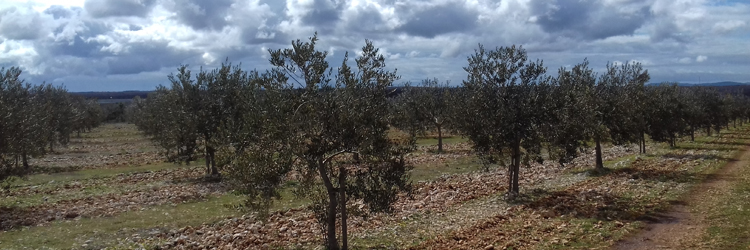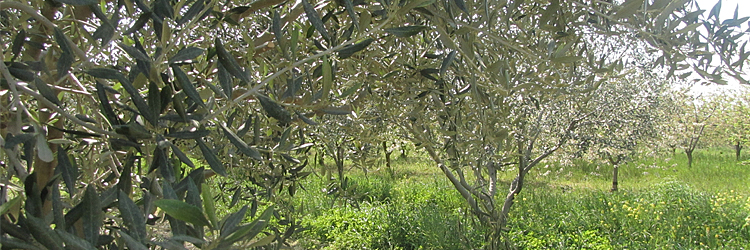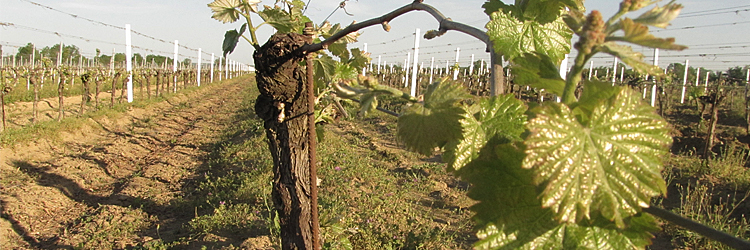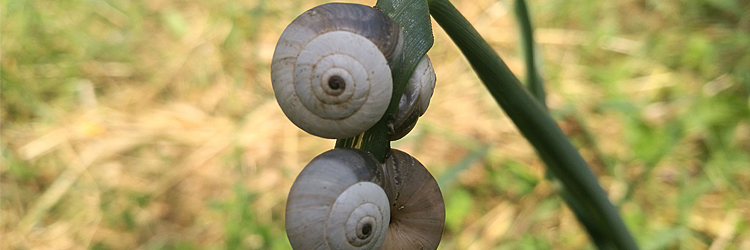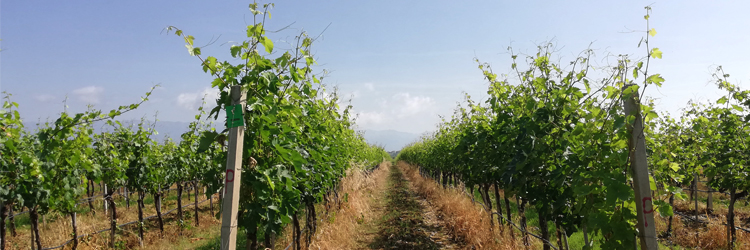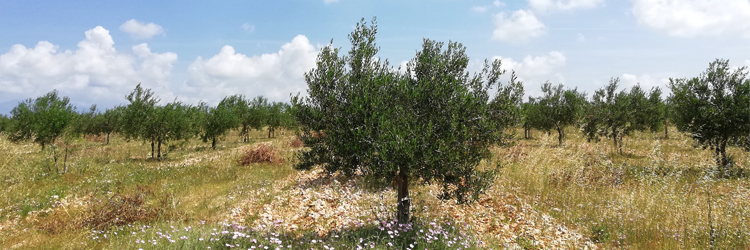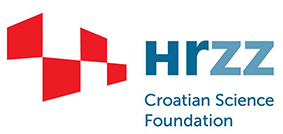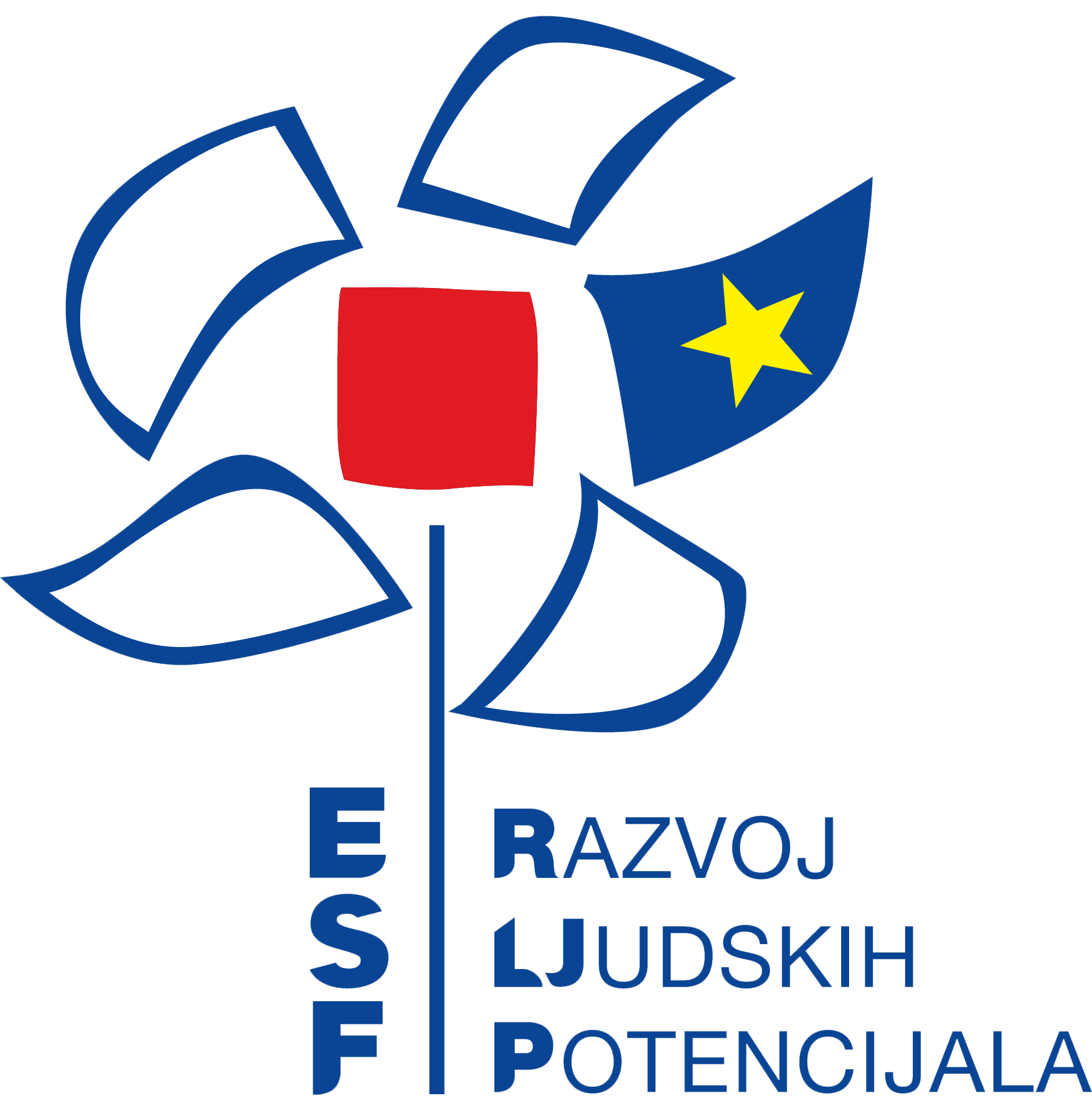Funding: Croatian Science Fund (HRZZ): Installation Research Grants (UIP-05-2017)
Human Resources development – young scientists carrier development (DOK-01-2018)
Duration: 01. 03. 2018. – 28. 02. 2023. (60 months)
Project leader: dr.sc. Lucija Šerić Jelaska
Project number: UIP-2017-05-1046
Funding (HRZZ): 1.995.165,00 HRK
Co-funding (PMF): 267.465,00 HRK
Web:
http://www.hrzz.hr/default.aspx?id=78&pid=1046&rok=2017-05
Links:
https://www.researchgate.net/project/MEDITERATRI-Pesticides-Neonicotinoids-and-Copper-in-the-Mediterranean-Agriculture-their-effects-on-non-target-invertebrates-through-trophic-interactions
http://picdeer.com/meditera3
http://www.unizd.hr/poljodjelstvo/o-odjelu
Project summary:
Neonicotinoids have been the most commonly used insecticides worldwide in recent two decades, whereas application of Copper (Cu) has a much longer history, especially in the Mediterranean agriculture, (e.g. in vineyards). Recent studies have shown negative effects of neonicotinoids and metabolites on non-target species (e.g. earthworms, birds, insects). They raised great concerns about survival of beneficial predatory species (e.g. carabid beetles and spiders), which are on the other hand important for pest control and essential for healthy ecosystem functioning. High biodiversity on surface and beneath in the soil and very complex food webs are far from being well explored. Thus it is hard to predict all possible negative effects of pesticides entering the ecosystem. By analysing trophic interactions of soil invertebrates, the aim of our study is explore the potential transfer of pesticides to general predators through trophic interactions and to connect their application with the predator survival and diversity of non-target invertebrates in the field. Field survey will take place within Mediterranean agriculture ecosystems, in vineyards and olive orchards, treated with both pesticides (with Integrated Pest Management and Ecological Management) and in pristine habitat. Next Generation Sequencing will be used to reveal the complete diet of predatory invertebrates in the field, by identifying and barcoding all the relevant species in the field sites. This will generate valuable DNA sequence data for numerous invertebrate species that will be deposited in the Barcoding of Life Database (BOLD). Technique LC-MS/MS and ICP-MS will quantify neonicotinoid residues and Cu concentrations in soil and in animals representing different trophic guilds. The results will greatly contribute to the risk assessment of pesticides proliferation in the ecosystem and to the knowledge on the overall field sustainability of predatory invertebrates, a key group in integrated pest control.
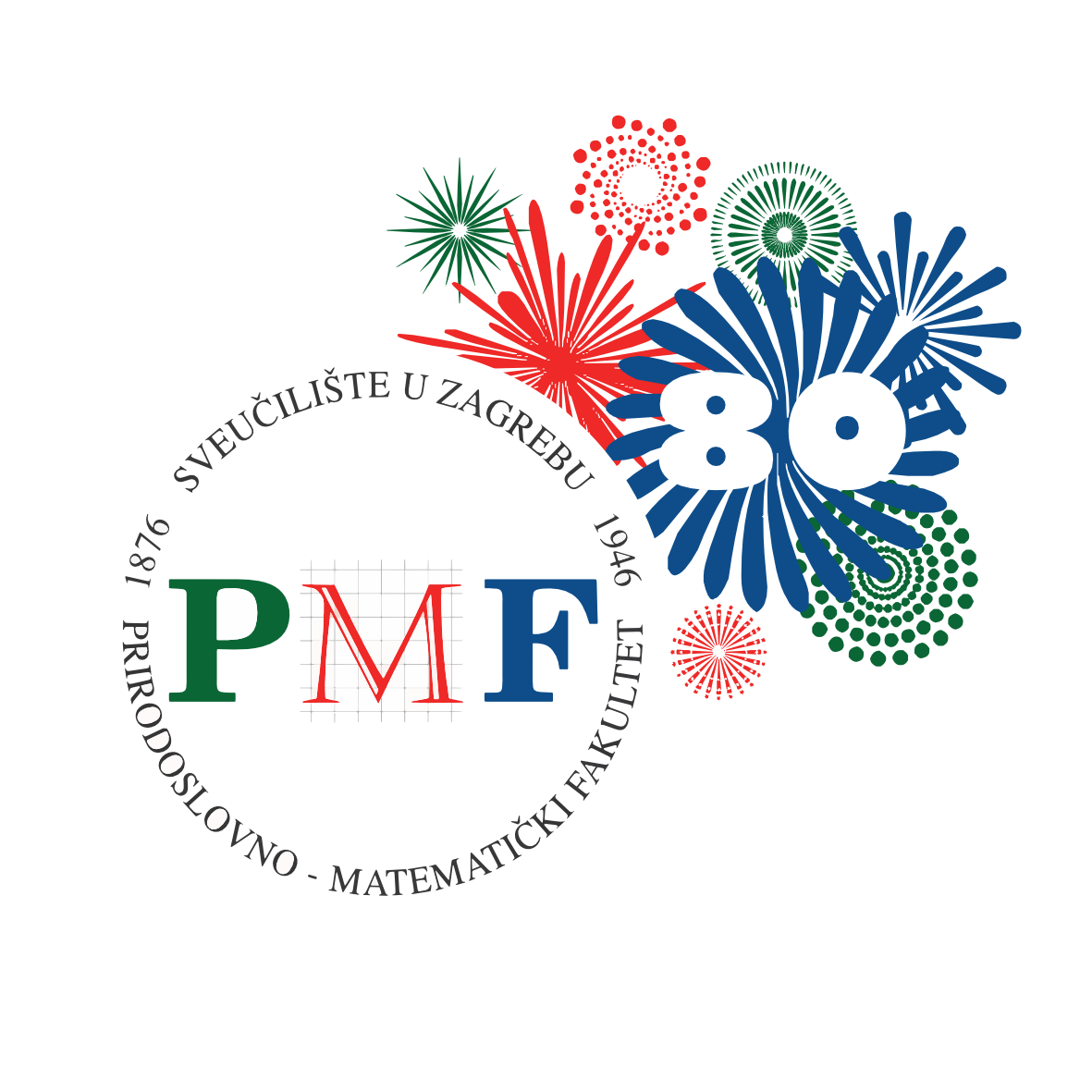
 Pristupačnost
Pristupačnost